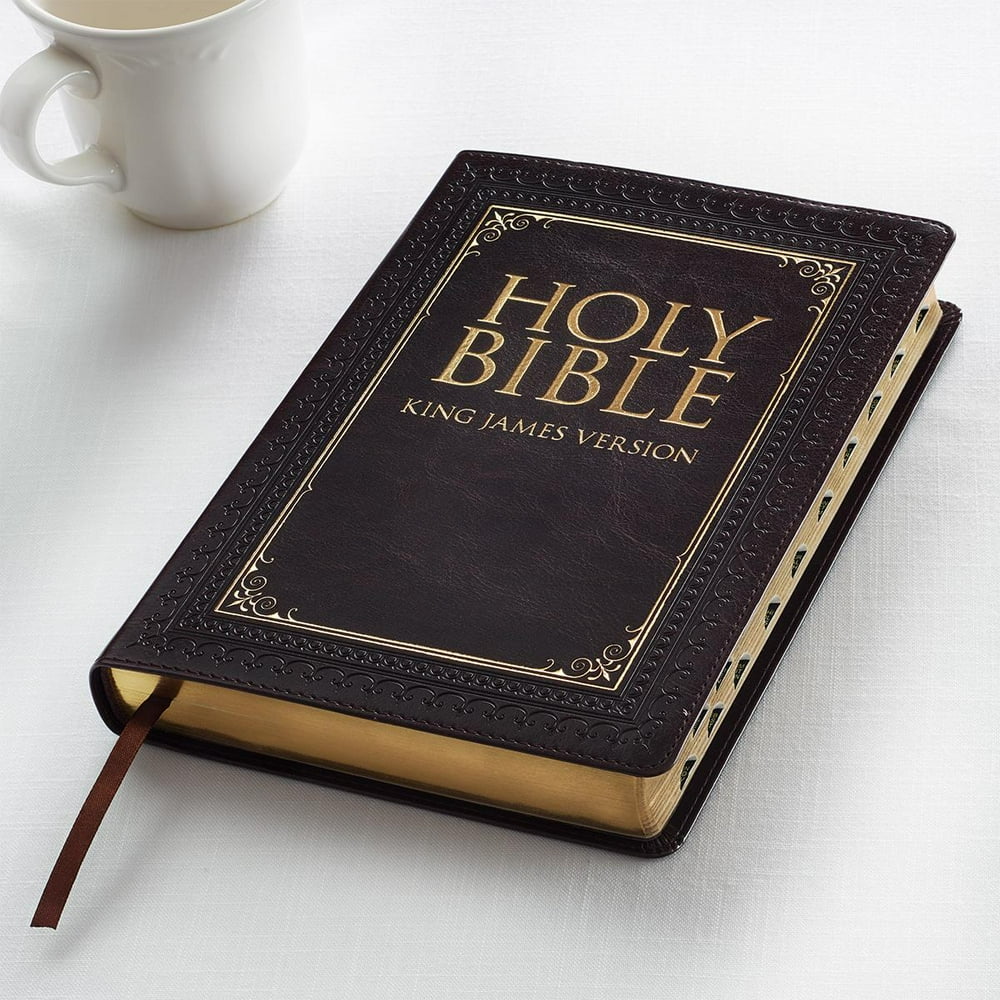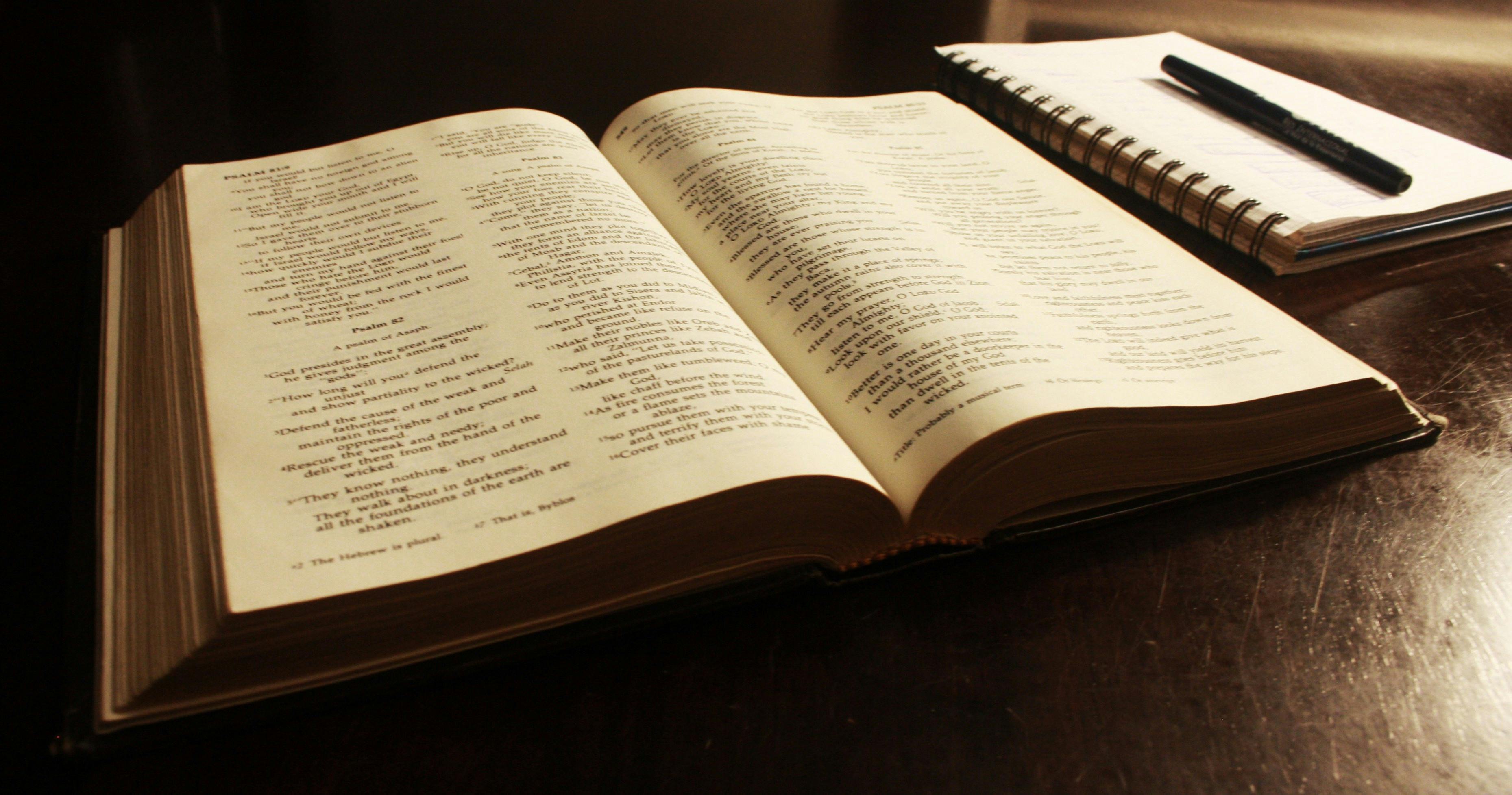Figuring out which Bible translation is the most accurate can feel like a big puzzle for many people, and it's a question that comes up quite often, you know? It's really about finding a version that speaks to you while also staying true to the original writings. So, we're going to explore what makes a Bible translation reliable and what you might want to consider when picking one for yourself.
Before we even get to thinking about which modern translation might be the most accurate for today's reader, it's pretty important to understand a little bit about the older writings, the manuscripts, that translators have used. These ancient texts are, after all, the very foundation from which all our current Bibles come, and so it's a good place to start our discussion, as a matter of fact.
The Bible, you see, was truly written to reveal spiritual truth. It's about understanding the truth concerning God, the truth about ourselves, and the unveiling of God's kingdom and his wishes for us. This core purpose, arguably, guides how translations are made and how we might judge their faithfulness to the original message, which is quite interesting, anyway.
Table of Contents
- The Starting Point: Ancient Writings
- What Makes a Bible Translation Accurate?
- Looking at Popular English Translations
- Finding Your Own Best Bible
- Common Questions About Bible Accuracy (FAQ)
- Conclusion
The Starting Point: Ancient Writings
When we talk about which Bible is the most accurate, we really need to begin with the very old manuscripts. These are the ancient writings that translators have used to make the copies of the Bible we read today. So, before any modern version can even exist, there are these foundational documents that provide the original words, you know, and that's a big deal.
Skeptics, for instance, have sometimes pointed out that the oldest existing version of the Old Testament that we have access to has been around for less than 1,500 years. They will suggest that, after many, many centuries of people making copies by hand, it's almost certain that some errors must have slipped into the text. This idea, naturally, makes some people wonder about the exactness of our current Bibles, which is a fair thought.
However, it's worth noting that scholars work very hard to compare these many different old manuscripts. Their goal is to figure out the most likely original wording, and this comparison process is how they try to get as close as possible to what was first written. So, it's a very careful process, actually, that aims for the highest level of faithfulness to the oldest available sources.
What Makes a Bible Translation Accurate?
The core purpose of the Bible is to share spiritual truth. It was written to help us discover the truth about God, the truth about who we are as people, and the revealing of God's kingdom and what he wants for us. So, a truly accurate translation, you might say, should convey these profound truths clearly and without distortion, which is, honestly, a very big task for any translator.
One challenge in making a Bible accurate for today's reader is dealing with old words. The 1611 King James Bible translation, for example, is full of words that are no longer used today. These archaic words make it quite difficult, and sometimes even impossible, to understand what is being said in the 21st century. So, a translation might be word-for-word close, but if you can't understand it, is it truly accurate for you?
Accuracy, then, isn't just about how precisely words are carried over from one language to another. It's also about how well the meaning and spirit of the original message are communicated to the people reading it now. A good translation, you know, tries to balance being faithful to the old writings with being understandable to modern minds, and that's a pretty delicate balance to strike.
Looking at Popular English Translations
There are quite a few English Bible translations available, and each one has its own approach to bringing the ancient text to life for today's readers. We can look at some of the ones that are commonly talked about when people ask, which bible is the most accurate, or which one is easiest to follow. So, let's explore some of these versions, as a matter of fact.
Here is a list of some of the "closest" Bible translations in English, meaning those that often aim for a high degree of faithfulness to the original language. Each Bible also has, in parentheses, the date it was published and the abbreviation commonly used for it. Each listing is also followed by the text basis used for both the Old Testament and the New Testament, which helps you see where the translators got their source material from, so to speak.
The King James Bible (KJV)
The King James Bible (KJV) (1611) is, of course, quite famous. It's called that because King James I of England commissioned it. It's widely thought of as a real masterpiece of English literature, and it's been one of the most popular translations around for a very long time. Many people grew up with it, and it has certainly left its mark on the language, you know.
However, a common question people ask is why the King James Bible, despite its popularity and literary standing, is so hard to read in our current century. The simple truth is that the 1611 King James Bible translation is full of words that are just not used anymore. These old words make it really tough, and sometimes even impossible, to grasp the meaning without a lot of extra effort, which is a bit of a hurdle for some readers.
People often wonder, too, is the King James Bible (KJV) easier to follow, and more accurate, than, say, the New International Version (NIV)? The KJV tends to be more of a word-for-word translation, trying to keep the original sentence structure, even if it sounds a little strange to modern ears. This can make it feel very precise to some, but also less flowing for others, you know, depending on what you're looking for in your reading.
The New International Version (NIV)
The New International Version (NIV) (1978) is another very popular choice for many readers today. It aims for a balance between being faithful to the original texts and being easy to understand for a wide audience. So, while the KJV might be very literal, the NIV tries to convey the meaning in more natural, modern English, which can make it feel much more accessible, honestly.
When comparing the KJV and the NIV, people often look at both readability and accuracy. The NIV is generally considered much easier to follow for someone living in the 21st century because it uses contemporary language. As for accuracy, it's based on strong scholarship and a different set of manuscript choices than the KJV, which means it offers a fresh perspective on the original writings, you see.
Many find that the NIV helps them connect with the Bible's message without getting bogged down by old language. It's a good option for personal study or for reading aloud in groups, as it tends to flow quite well. This makes it a go-to for those who want a reliable yet easy-to-read version, and that's a pretty common desire for people wanting to explore the Bible.
The Message (MSG) Translation
Then there's The Message (MSG) (1993), which is a bit different from other translations. People often ask, how accurate is the MSG translation? It's not a traditional word-for-word or even thought-for-thought translation in the same way as many others. Instead, it's more of a paraphrase, aiming to capture the spirit and feel of the original text in very contemporary, everyday language, you know.
The goal of The Message is to make the Bible feel fresh and immediate, almost like reading a modern novel. This can be really helpful for people who find other translations hard to get into or who want to read the Bible in a new way. It can, in a way, revive your drooping head by presenting familiar passages with a new energy, which is pretty cool.
However, because it's a paraphrase, some people might not consider it as "accurate" in the sense of being a precise rendering of every single word. It's more about conveying the overall sense and impact of the text. So, while it's fantastic for readability and getting a fresh perspective, it's generally not used for deep scholarly study where precise wording is the primary concern, you see.
The New World Translation (NWT)
The New World Translation of the Holy Scriptures (NWT) (1961, revised often) is published by Jehovah's Witnesses. They state that it is both accurate and easy to read, which is a significant claim. This translation is known for its distinct approach to certain biblical terms and concepts, and it's widely used by Jehovah's Witnesses in their personal study and ministry, you know.
Interestingly, on a recent episode of Jeopardy, one of the answers was about the "most accurate translation of the holy scriptures." No one got the correct answer, so Alex Trebek said, "What is the new..." This might make some people wonder if the NWT, being a relatively "new" translation that claims accuracy, was perhaps being hinted at, which is an intriguing thought, isn't it?
The NWT Study Bible is quite comprehensive, complete with cross-references, maps, and an accurate Bible dictionary. Jehovah's Witnesses also offer the JW Library, which is designed to help you with your Bible reading and personal study. It includes various Bible translations and content in over 1,000 languages, making it a very accessible resource for many people around the world, as a matter of fact.
You can read the Bible free online through their official website, where you can also find publications based on the Bible and various news items. This allows people to learn about their beliefs and organization, and to explore the NWT for themselves, which is a good way to get to know it better. The NWT also emphasizes themes like peaceful resolutions instead of seeking revenge, helping people understand how God will exact punishment, so to speak.
Finding Your Own Best Bible
Ultimately, the best commentary for understanding the Bible is, in a way, the Bible itself. The more you read it, the more you can connect different parts and see how they fit together. So, while choosing a translation is important, actually spending time with the text is what truly deepens your understanding, which is pretty straightforward, honestly.
There are many free Bible study tools and resources available that can really help you deepen your personal Bible study and understand the word of God more fully. You can use free online Bibles, which often include different translations side-by-side, allowing you to compare them directly. This is a great way to see how different translators handled the same verses, and it's very helpful, too.
When you're trying to decide which Bible is the most accurate for you, consider your main purpose. Are you looking for a version for deep, scholarly study? Or do you want something that's easy to read for daily devotionals? Perhaps you need a version that's great for reading aloud in a group. Your personal needs really do play a big part in what makes a translation "best" for you, you know.
Many online platforms let you read the Bible online, listen to it, or even download it. Some also list the books of the Bible in order and by chapter, so you can find verses quickly and easily. This kind of access makes it much simpler to explore different versions and see which one feels right for your personal spiritual journey, and that's a very good thing, actually.
Common Questions About Bible Accuracy (FAQ)
People often have similar questions when they're thinking about which Bible is the most accurate. Here are a few common ones, with some thoughts based on what we've discussed, so you can get a clearer picture.
Is the King James Bible the most accurate?
The King James Bible (KJV) is certainly considered a very important and influential translation, and many people see it as highly accurate because of its close word-for-word approach to the original languages. However, its 1611 text uses many archaic words that can make it very difficult to understand for readers today. So, while it's precise in one sense, its readability for the modern person might affect how "accurate" it feels in terms of conveying meaning clearly, you know.
Why are there so many different Bible translations?
There are many different Bible translations because of several reasons, really. First, the ancient manuscripts themselves can have slight variations, leading to different translation choices. Second, languages change over time, so older translations like the KJV become harder to read, creating a need for newer versions in contemporary language. Third, different translators have different philosophies—some aim for very literal word-for-word translations, while others focus on conveying the meaning or thought behind the words, which creates different styles of Bibles, you see.
What makes a Bible translation "easy to read"?
A Bible translation is considered "easy to read" typically when it uses modern, everyday language and sentence structures that are familiar to current speakers. This means avoiding archaic words, complex grammar, and phrasing that might confuse a contemporary reader. Translations like the New International Version (NIV) or The Message (MSG) aim for this kind of readability, making the text more accessible and flowing for a wider audience, which is a common goal for many newer versions, as a matter of fact.
Conclusion
Choosing which Bible is the most accurate for you really depends on what you are looking for in your reading and study. It's about finding a balance between faithfulness to the old writings and being able to understand the message clearly in your own time. Knowing a little about the manuscripts, the challenges of old language, and the different approaches translators take can help you make a good choice, you know.
Whether you prefer a very literal translation or one that focuses more on contemporary readability, the main purpose of the Bible remains the same: to reveal spiritual truth. You can explore different versions online, use free study tools, and see which one truly helps you connect with the word of God. So, perhaps consider trying out a few different versions to see which one resonates most with you, and then read the Bible online for yourself.
To deepen your personal Bible study and understand the word of God more fully, learn more about Bible study tools on our site, and you can also find resources here.



Detail Author:
- Name : Jakob Schumm
- Username : nya.mueller
- Email : elwin68@yahoo.com
- Birthdate : 1999-04-16
- Address : 5373 Purdy Parkway Lake Rodolfomouth, AL 45749
- Phone : 678.303.4428
- Company : Ratke and Sons
- Job : Space Sciences Teacher
- Bio : Officiis nesciunt amet consequatur non nihil voluptatum consectetur enim. Non dolorem et non. Sed doloribus natus enim atque. Expedita non aperiam rerum nobis consequatur.
Socials
linkedin:
- url : https://linkedin.com/in/myrtle6446
- username : myrtle6446
- bio : Consectetur id est et temporibus.
- followers : 2372
- following : 246
facebook:
- url : https://facebook.com/myrtleromaguera
- username : myrtleromaguera
- bio : Harum corrupti quisquam distinctio. Vero aut aliquam consequatur sed fugit ea.
- followers : 2708
- following : 1284
twitter:
- url : https://twitter.com/myrtle_real
- username : myrtle_real
- bio : In laudantium sed et enim. Qui ratione repellendus ut quo velit. Ut sequi in aut vero quia ratione. Et expedita qui et quasi cupiditate quibusdam velit.
- followers : 4918
- following : 2727
instagram:
- url : https://instagram.com/myrtle.romaguera
- username : myrtle.romaguera
- bio : Culpa minus dignissimos voluptatem alias. Sint consequatur ex totam.
- followers : 5276
- following : 1531



























